Idrw Team
SOURCE: IDRW.ORG

The Philippine Marine Corps (PMC) has expressed strong satisfaction with the BrahMos supersonic cruise missile system, according to sources close to BrahMos Corporation. This positive feedback encompasses not just the weapon itself, but also the training programs and facilities provided by India.
The PMC is particularly impressed with the BrahMos system’s capabilities and the comprehensive training received by Filipino personnel in India. This training ensures the PMC crew possesses the necessary skills to effectively operate and maintain the system.
Continue readingSOURCE: IDRW.ORG

In a significant development for India-U.S. defense collaboration, National Security Advisor Ajit Doval and U.S. National Security Advisor Jake Sullivan are likely to meet soon and resume discussions on the co-development of the Stryker Armoured vehicle. This move follows the commencement of Prime Minister Narendra Modi’s third term in office, marking a renewed emphasis on enhancing India’s military capabilities through international partnerships.
The co-development initiative of the Stryker armoured vehicle underscores a joint production effort, with plans to manufacture the vehicles in India. The Indian Army is set to procure 300 units, which will likely be assembled by public sector companies. However, the final decision regarding the manufacturing entities and the exact order quantity rests with the Ministry of Defence (MoD).
Continue readingSOURCE: IDRW.ORG.

The Defence Research and Development Organisation (DRDO) is taking a significant step forward in India’s indigenous missile development program by procuring propellant castings for Project KUSHA, also known as the Precision Guided Long Range Surface to Air Missile (PGLRSAM).
These propellant castings are specifically designed for the PGLRSAM missile’s dual-pulse rocket motor, designated P-1 and P-2. The dual-pulse motor provides efficient propulsion for the missile, enabling it to effectively engage aerial targets at long ranges.
Continue readingSOURCE: IDRW.ORG.
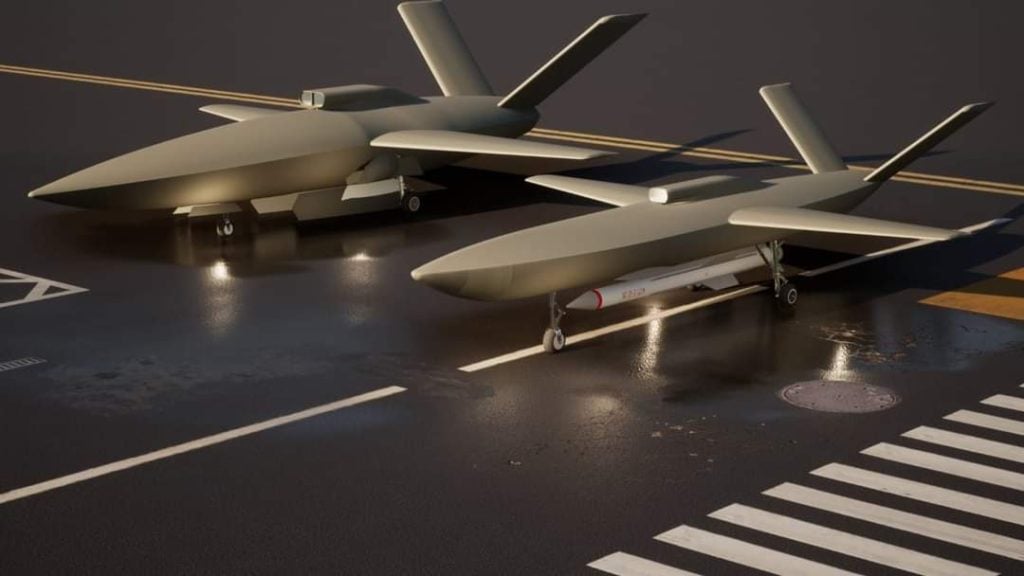
The Indian Air Force (IAF) has shown a keen interest in acquiring approximately 120 units of the CATS Warrior Loyal Wingman Unmanned Aerial Combat Vehicles (UACVs). This cutting-edge project, spearheaded by Hindustan Aeronautics Limited (HAL) in collaboration with the private sector company NewSpace Technologies, marks a significant leap in India’s defense capabilities. The potential purchase highlights the IAF’s commitment to integrating advanced technology into its fleet, enhancing its combat effectiveness and operational flexibility.
The Loyal Wingman program is a revolutionary concept in modern aerial warfare. It involves the deployment of unmanned aerial vehicles (UAVs) that work in conjunction with manned aircraft, acting as force multipliers. These UAVs, often referred to as “loyal wingmen,” are designed to support manned aircraft by performing a variety of roles, including surveillance, reconnaissance, electronic warfare, and even offensive operations.
Continue readingSOURCE: IDRW.ORG.

Hindustan Aeronautics Limited (HAL) has acknowledged a challenge in achieving its ambitious goal of 70% indigenous content for the Tejas Mk1A light combat aircraft. The current target sits at a confirmed 65%, despite ongoing efforts. This setback stems from the continued reliance on Line Replaceable Units (LRUs) sourced from abroad.
Developing these LRUs domestically remains a work in progress, and the time required for this process is likely to delay production of the Tejas Mk1A. This delay underscores the complexities involved in achieving complete self-reliance in a technologically advanced domain like fighter jet manufacturing.
Continue readingSOURCE: IDRW.ORG.

Hindustan Aeronautics Limited (HAL) has set a target of delivering 16 LCA Tejas Mk1A fighter jets in the current financial year. This ambitious goal raises questions about potential hurdles, considering the company’s past production rates.
Responding to inquiries, HAL Chief acknowledged “certain supply side challenges” related to “major LRUs” (Line Replaceable Units) that could impact deliveries. These challenges are likely linked to the “geopolitical situation,” hinting at potential import restrictions or delays.
Continue readingSOURCE: IDRW.ORG

India has issued a Notice to Airmen (NOTAM) restricting airspace over the Bay of Bengal between June 13th and 15th, 2024. This move strongly suggests an upcoming missile test, but the details surrounding the nature of the test remain unclear.
The designated no-fly zone spans 415 kilometers, and experts believe the unusual characteristics of the NOTAM hint at a test that may not involve an established missile system in India’s arsenal. This has sparked speculation about the possibility of a new missile under development being tested.
Continue readingSOURCE: IDRW.ORG.
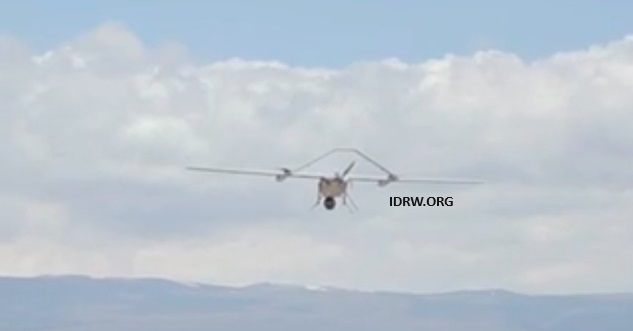
Armenian special forces recently conducted training exercises incorporating both newly acquired French Bastion armored vehicles and a previously unseen type of suicide drone. Visual analysis suggests the drones might be the Tata Advanced Systems Limited (TASL) ALS-50 kamikaze drone from India.
The drone spotted in training exercises bears a striking resemblance to the TASL ALS-50. This fixed-wing loitering munition boasts an impressive range exceeding 50 kilometers. After launch, the ALS-50 transitions to a fixed-wing configuration and homes in on its target. With a 3.8-meter wingspan, it can deliver a significant payload – up to 6kg of anti-personnel or anti-tank weaponry. The lightweight composite construction and 100km/h cruise speed make the ALS-50 a potentially significant addition to the Armenian arsenal.
Continue readingSOURCE: IDRW.ORG.
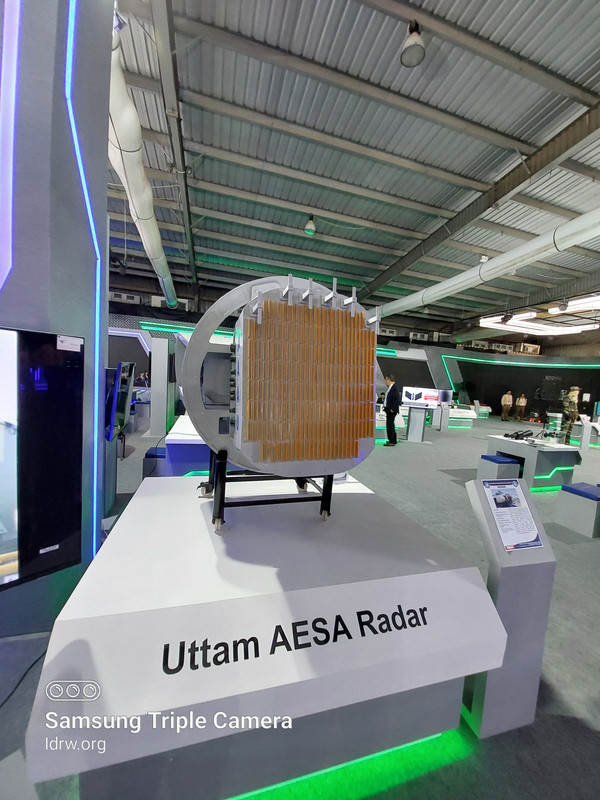
Hindustan Aeronautics Limited (HAL) is making significant strides towards self-reliance with the LCA Tejas Mk1A fighter jet program. As the production scales up from the initial 83 to a potential 97 aircraft, the level of indigenous content is also set to rise progressively.
A key milestone will be reached after the 41st aircraft. HAL plans to integrate the Uttam AESA (Active Electronically Scanned Array) radar, a domestically developed system, onto the Tejas Mk1A. This indigenous radar replaces previously imported options, marking a significant leap in technological independence.
Continue readingSOURCE: IDRW.ORG.
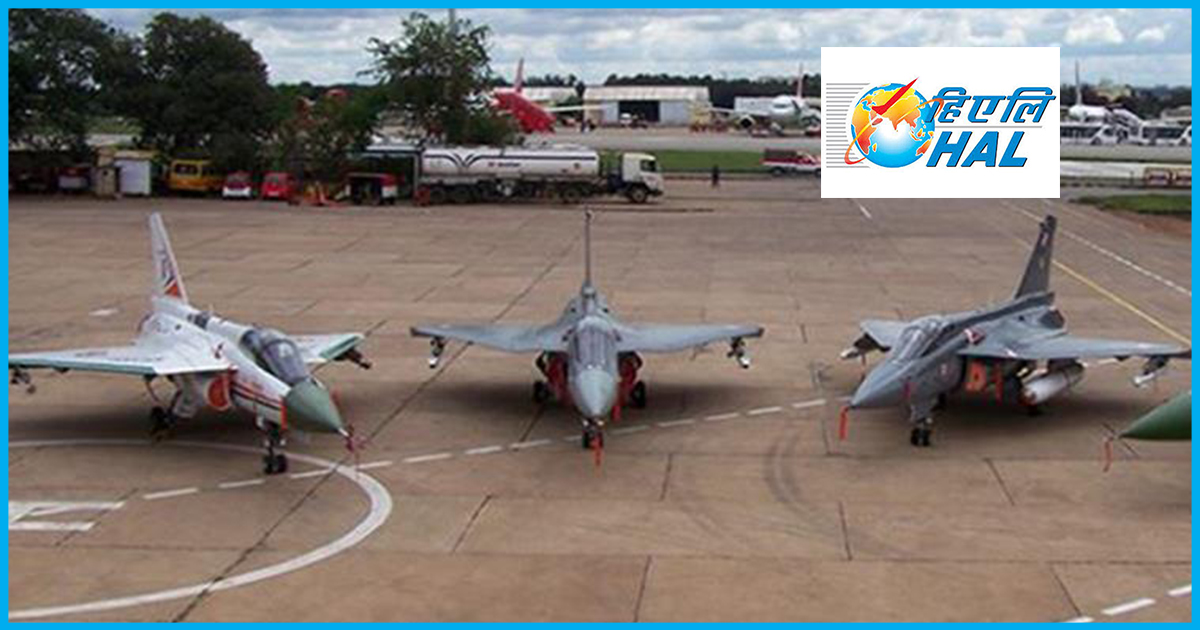
Hindustan Aeronautics Limited (HAL), India’s leading aerospace and defense manufacturer, is outlining a bold new vision for the future. Moving beyond its traditional role of licensed production, HAL aspires to become a full-spectrum technology powerhouse.
A key aspect of this vision is a strong focus on Intellectual Property (IP) rights. HAL is actively seeking to create and own its own intellectual property, fostering a culture of domestic innovation. This shift will equip HAL to develop cutting-edge technologies and solutions for India’s defense needs.
Continue readingSOURCE: IDRW.ORG.
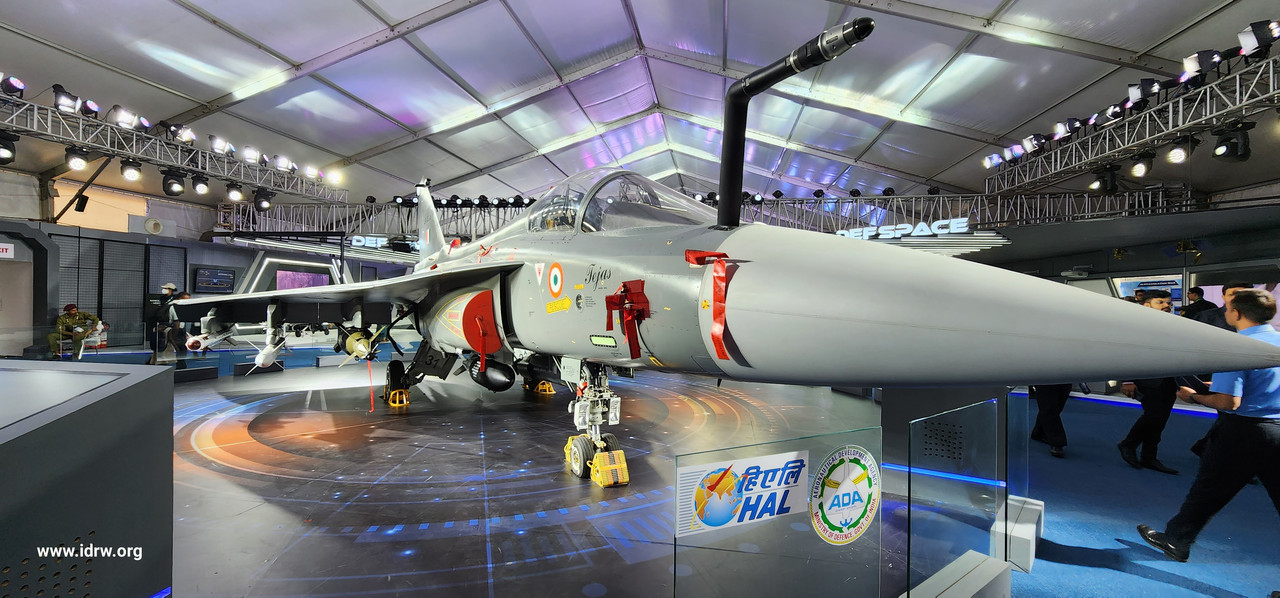
Hindustan Aeronautics Limited (HAL) is poised for a significant boost in its Light Combat Aircraft (LCA) Tejas Mk1A production with the Nashik plant gearing up for its first locally manufactured aircraft rollout by the end of November 2024.
This marks a major milestone for the Tejas program, as Nashik becomes the third production line dedicated to the LCA-Tejas Mk1A variant. The existing Bengaluru facility houses two production lines with a combined capacity of 16 aircraft annually.
Continue readingSOURCE: IDRW.ORG.
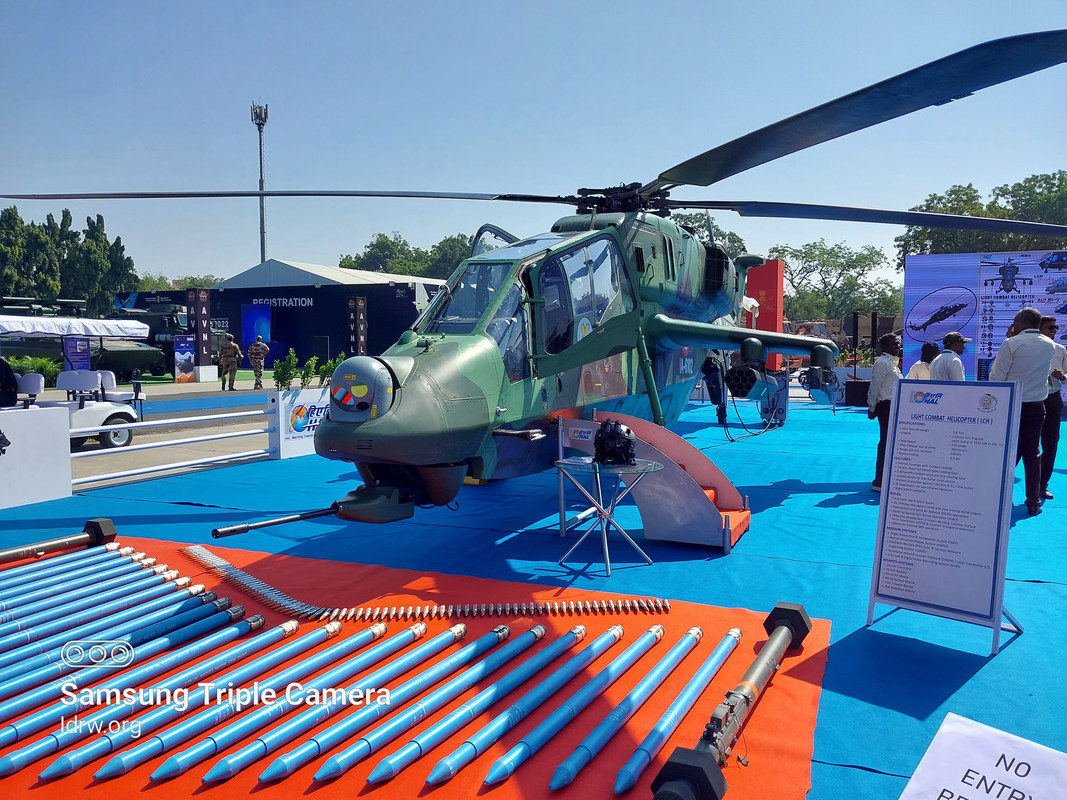
India is stepping up its defense export strategy, aiming to capture markets in Africa and the Western Indian Ocean region. This move aligns with India’s broader geopolitical and economic goals, leveraging its growing defense manufacturing capabilities to foster stronger ties with these regions. The initiative reflects India’s ambitions to expand its influence and establish itself as a key player in the global defense market.
India’s defense export strategy is targeting countries across Africa and the Western Indian Ocean. These regions are increasingly looking to diversify their defense procurement sources, making them ideal markets for India’s defense products. By offering a range of military hardware and technology tailored to the specific needs of these nations, India aims to fill the gap left by traditional defense suppliers.
Continue readingSOURCE: IDRW.ORG
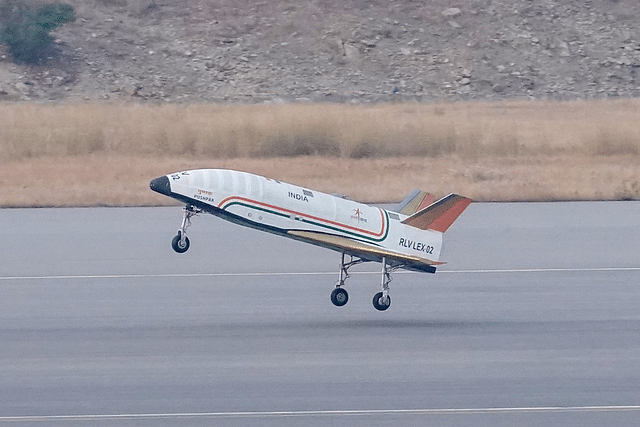
The Indian Space Research Organisation (ISRO) is inching closer to its Reusable Launch Vehicle (RLV) program with the upcoming third and final RLV landing experiment (RLV LEX).
“We’re progressively raising the difficulty level with this mission,” said Dr. Unnikrishnan Nair, highlighting the increasing complexity of the tests. The RLV-LEX missions involve an unmanned winged prototype, named Pushpak, being taken to a predetermined height and released for a controlled landing under various conditions. In the upcoming LEX-03 mission, Pushpak will be carried to a height of 4.5 kilometers, but with an added challenge – it will be released 500 meters sideways from the runway, compared to the 150 meters in the previous LEX-02 mission.
Continue readingSOURCE: IDRW.ORG

The Johnnette JF-2, a lightweight hand-launched fixed-wing drone, recently impressed during a military exercise in Rajasthan. This drone, deployed by a tank crew, showcased its capabilities as a valuable tool for land forces.
The Johnnette JF-2 boasts several features that make it ideal for battlefield use. First and foremost, its lightweight design and hand-launching mechanism allow for easy deployment by soldiers in the field. Furthermore, its extended 90-minute endurance enables troops to gather vital intelligence over a sustained period.
Continue readingSOURCE: IDRW.ORG.
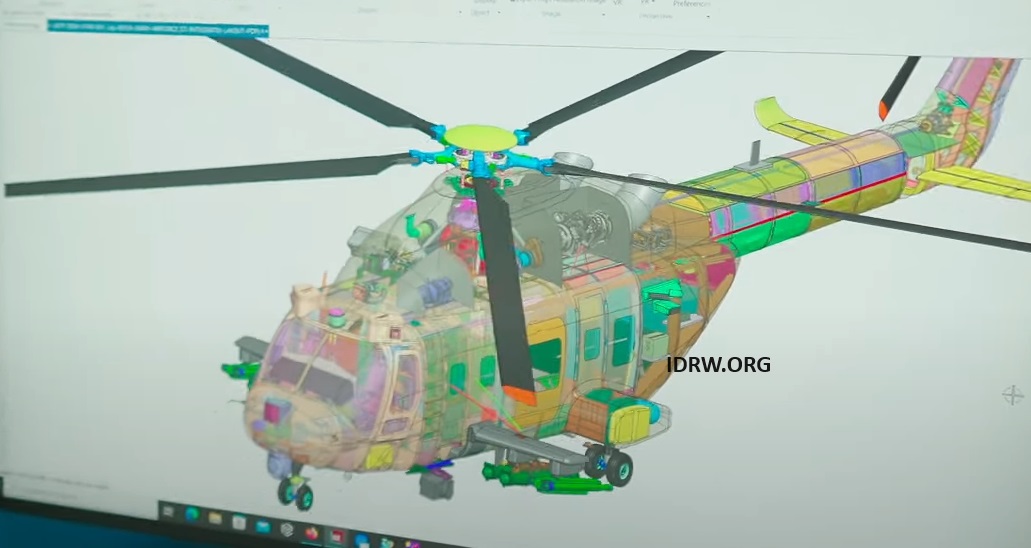
Hindustan Aeronautics Limited (HAL) and Safran Helicopter Engines, a French leader in helicopter engine manufacturing, have embarked on a collaborative effort to develop a new engine for India’s indigenous Multi-Role Helicopter (IMRH) program. This initiative signifies a significant step towards self-reliance in India’s defense aviation sector.
The joint venture between HAL and Safran will not only ensure local production of the IMRH engine but also grant India intellectual property rights (IPR) for the technology. This crucial aspect allows India to further develop and manufacture the engine and its variants without requiring continual approval from Safran.
Continue reading